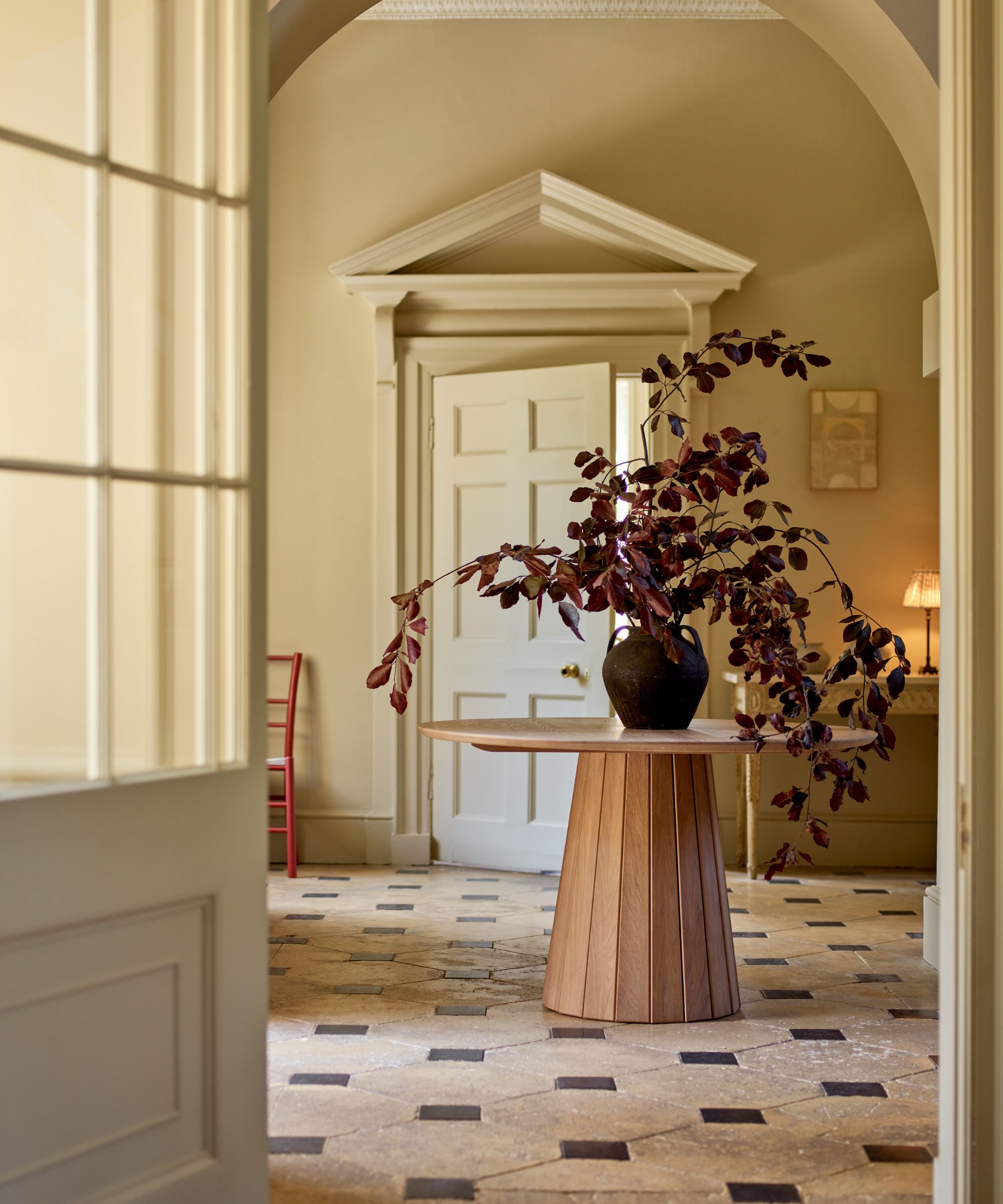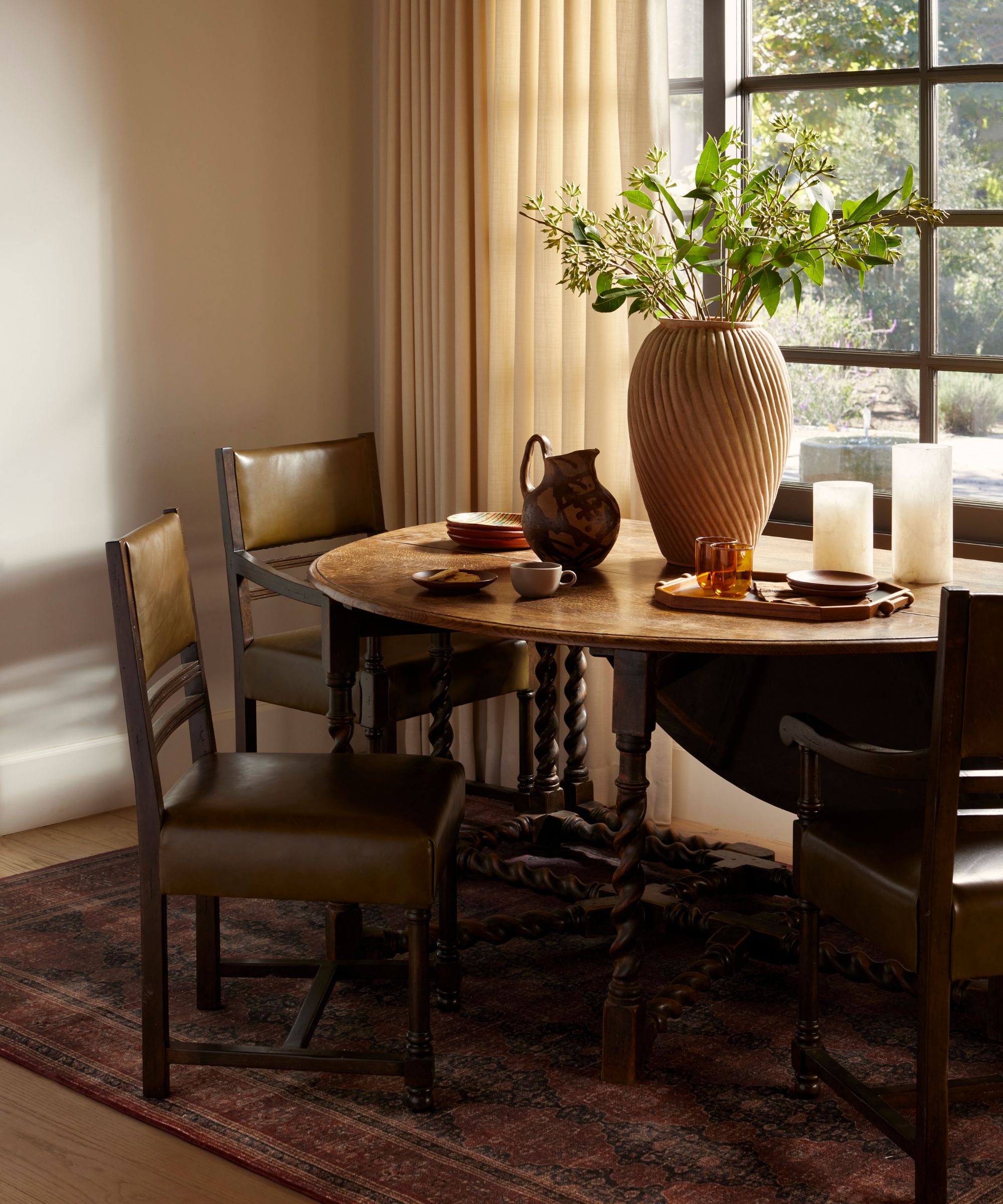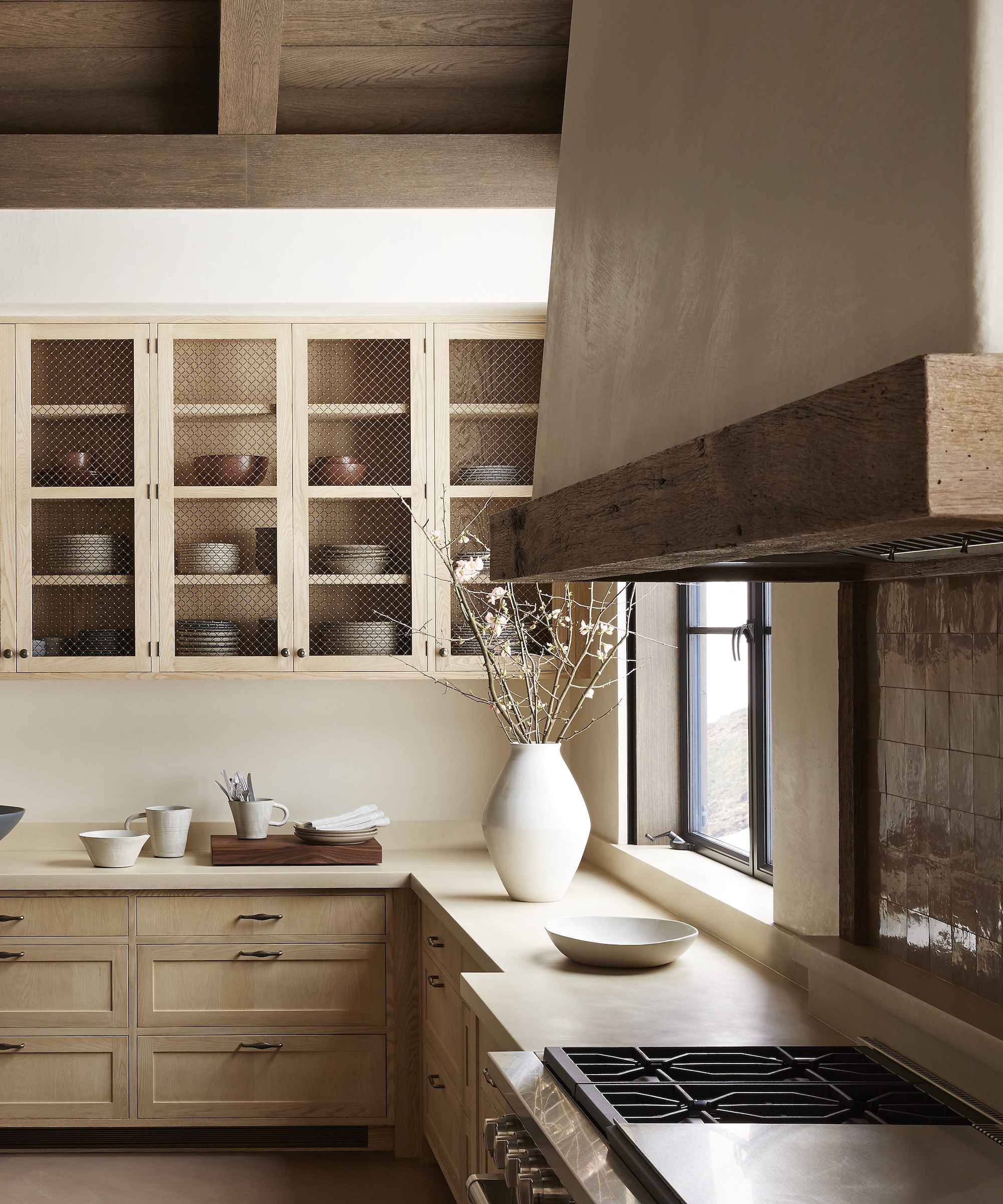7 spring cleaning mistakes you should avoid at all costs
These common errors can make spring cleaning much more stressful, less efficient, and even damage items – our experts explain the best practices to avoid these


As the days grow longer and the temperatures rise, many of us embark on the annual tradition of spring cleaning, eager to refresh our homes and embrace the season of renewal.
While adhering to the tried-and-true spring cleaning rules professional organizers always stick to is a surefire way to complete this successfully, being mindful of common errors can ensure your cleaning efforts are effective and efficient.
Our experts have outlined the potential spring cleaning mistakes that might compromise your cleaning efforts, such as the jobs you're missing during your spring cleaning, and offer alternative methods to optimize your spring cleaning techniques, including how to prepare for spring cleaning.
Spring cleaning mistakes
'Amidst the flurry of dusting, decluttering, and organizing, it's easy to fall prey to common spring cleaning mistakes that can undermine our efforts and frustrate us,' says Sarah Johnson, Founder of Clean and Tidy Cleaning Services. 'To help you navigate this seasonal ritual quickly and efficiently, it's essential to avoid common pitfalls to achieve a sparkling clean home.'
1. Doing all spring cleaning at once

While it may be tempting to completely spring clean your house in one day or afternoon to get it out of the way, the purpose of spring cleaning is to do a thorough job of your entire home, tackling the cleaning tasks that don’t get frequent (or any) attention throughout the rest of the year.
'Spring cleaning requires time, patience, and attention to detail – rushing through the process or cutting corners can result in incomplete or subpar results,' warns Sarah Johnson. 'Take your time and approach spring cleaning systematically, focusing on one room or task at a time.'
This will most likely mean you should spread it out over several days or weekends, allowing you to devote enough time to spring clean without getting overwhelmed.
Design expertise in your inbox – from inspiring decorating ideas and beautiful celebrity homes to practical gardening advice and shopping round-ups.
2. Not cleaning systematically

One common mistake people make when spring cleaning is diving in without a systematic plan, making the process overwhelming, hard to focus on, and missing tasks easy. This applies to neglecting to plan both how to schedule tasks and how to approach the tasks themselves.
Not sorting out your cleaning schedule properly: 'To avoid this, create a checklist of all the tasks you want to accomplish in advance and divide them into manageable sections,' advises Petya Holevich, cleaning expert at Fantastic Services. 'This will help you stay organized and ensure that you don't miss anything important.
'If you have to, divide the cleaning tasks throughout multiple days instead of trying to get everything done at once.'
To make planning your spring cleaning checklist easier, we recommend using a cleaning schedule and checklist such as this one from Amazon.
Not approaching tasks systematically: For example, Alex Varela, general manager of Dallas Maids of Frisco says: 'Don’t clean floors first, even if it’s the most “inviting” because that’s the first area people notice. If you're unsure where to start spring cleaning, the correct procedure is cleaning from top to bottom.'
3. Using the wrong cleaning products

Using the wrong cleaning products can result in lasting damage to items, making cleaning these in the first place redundant. For example, 'The biggest spring cleaning mistakes I come across are people using acidic cleaning products to clean natural stone benchtops,' says Delah Gomasi, CEO of MaidForYou. 'This causes chemical burns to the finish of the benchtop which can only be fixed by a professional stone restoration company.'
You should choose products tailored to specific surfaces, such as glass, stainless steel, or hardwood floors. Otherwise, they can strip finishes and cause discoloration. Always read product labels and follow manufacturer recommendations for safe and effective cleaning. Similarly, always test cleaning solutions on a small, inconspicuous area before using them on larger surfaces to prevent damage. This also applies to the cleaning tools you use, such as brushes or scrubbers – be sure to use soft tools for delicate surfaces and avoid abrasive ones.
4. Not using the correct cleaning techniques

Understanding how to clean items properly and safely is paramount. Below are some errors to avoid and cleaning techniques to use instead:
- 'Not cleaning before disinfecting: Cleaning and disinfecting are two different things and they can impact the level of cleanliness of the surfaces in your house,' explains Petya Holevich. 'Cleaning only physically removes germs from them, while disinfecting uses chemicals to actually kill germs. However, if the surface you’re treating is covered in dust or residue, the disinfectant won’t be able to effectively target the germs and bacteria. This is why cleaning before disinfecting is a key step.
- 'Using too much cleaner: It seems logical to think that using more cleaner will make the surfaces in your home cleaner. However, in reality, using too much cleaner can leave behind residue that attracts more dirt and dust. How much cleaner to use when cleaning will depend on the type of surface you’re cleaning and the cleaning product you're using. In general, follow the instructions on the label to determine the appropriate amount. If there aren’t any specifications, a good rule of thumb is to start with a small amount and add more as needed. For most surfaces, a little goes a long way. A small amount of concentrated cleaner mixed with water is very effective for cleaning floors, countertops, and other surfaces. For heavier cleaning jobs, you may need to use a stronger solution or a more concentrated cleaner. However, it's still important to avoid using too much.
- 'Using the wrong temperature water: Some cleaning tasks require hot water, while others don’t and can be done with warm or cold water. The correct temperature of water for cleaning will depend on the specific task at hand. Hot water is best for removing grease and oil and for sanitizing surfaces. Warm water is good for general cleaning and dissolving residue and grime. Cold water is most suitable for delicate fabrics and preventing colors from bleeding. However, it's also important to read the instructions on the cleaning products you’re using to determine the appropriate water temperature.'
- Cleaning with dirty tools: If you don't know how to keep your cleaning supplies clean or haven't thought to do so before embarking on spring cleaning, using tools such as sponges, rags, mops, and vacuum filters can spread germs and bacteria instead of removing them. Cleaning this regularly is essential to prevent the spreading of dirt and bacteria around your home.
5. Forgetting to declutter before cleaning

'Clutter can impede the cleaning process and make it challenging to achieve a clean and organized space,' says Sarah Johnson. 'Before spring cleaning begins, it's essential to implement some decluttering tips to streamline your belongings to maximize efficiency and effectiveness.
'Start by purging items you no longer need or use, then organize your remaining belongings before tackling cleaning tasks.'
6. Ignoring safety precautions

While the connection between cleaning and safety may not be obvious, just as you take precautions to avoid damaging the items you're cleaning, you should equally prioritize safeguarding your own well-being.
When handling chemical cleaning products, read the safety guidelines and wear protective gear. Additionally, proceed with caution when climbing ladders or reaching high areas, such as cleaning cutters from the roof, to prevent accidents or injuries.
7. Overlooking spaces

Part of creating a systematic plan for your spring cleaning is to ensure you don't neglect any areas that are easy to overlook.
- 'One common mistake homeowners make during spring cleaning is focusing solely on surface-level tasks and neglecting deeper cleaning chores,' says Sarah Johnson. 'It's essential to tackle overlooked areas such as cleaning baseboards, ceiling fans, and behind appliances to remove built-up dirt and grime.
- 'Don't forget to inspect and clean your HVAC system, replace air filters, and check for leaks or water damage. Regular maintenance prolongs the lifespan of your home's systems and appliances and helps prevent costly repairs.
- 'Additionally, while indoor cleaning tasks often take center stage during spring cleaning, outdoor spaces shouldn't be overlooked. Don't forget to clean and maintain outdoor areas such as patios, decks, and exterior siding. Sweep away debris, power wash surfaces, and inspect outdoor furniture and fixtures for signs of wear or damage.'
- Finally, remember to clean closed spaces such as closets since these might be home to bacteria, insects, and worse – mold, which you might not notice at first glance.
When approaching spring cleaning tasks, consider how they can be done safely and efficiently to avoid common mistakes and yield lasting results. With these tactics in mind, spring cleaning should feel less stressful and be more successful.

Lola Houlton is a news writer for Homes & Gardens. She has been writing content for Future PLC for the past six years, in particular Homes & Gardens, Real Homes and GardeningEtc. She writes on a broad range of subjects, including practical household advice, recipe articles, and product reviews, working closely with experts in their fields to cover everything from heating to home organization through to house plants. Lola is a graduate, who completed her degree in Psychology at the University of Sussex. She has also spent some time working at the BBC.